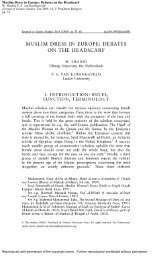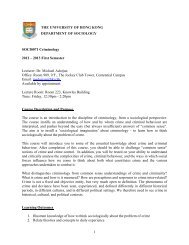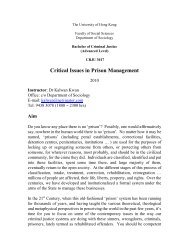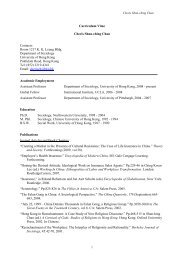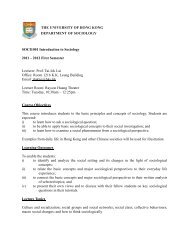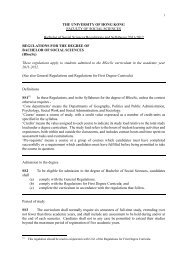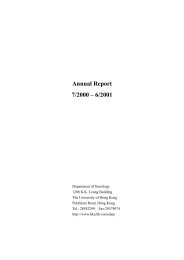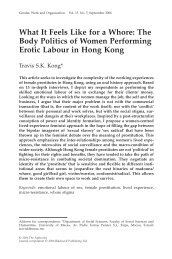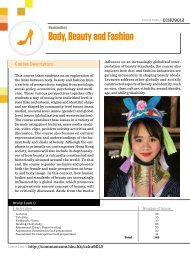The Massacre at the Fosse Ardeatine. History, Myth, Ritual, and ...
The Massacre at the Fosse Ardeatine. History, Myth, Ritual, and ...
The Massacre at the Fosse Ardeatine. History, Myth, Ritual, and ...
Create successful ePaper yourself
Turn your PDF publications into a flip-book with our unique Google optimized e-Paper software.
It never happened.<br />
<strong>The</strong>y didn’t warn us. <strong>The</strong>y didn’t post any bills. <strong>The</strong>y put<br />
<strong>the</strong>m up afterwards, after <strong>the</strong>y’d already killed <strong>the</strong>m”.<br />
This wrong memory, which is how <strong>the</strong> city chose to make sense of wh<strong>at</strong> happened, is also a<br />
way of exorcising her, of refusing to share her pain.<br />
<strong>The</strong> visibility of <strong>the</strong> widows brought o<strong>the</strong>r troubles too. In 1944, women weren’t supposed to<br />
go out to work; <strong>the</strong>se women going out into public space, were assumed to be defenceless.<br />
Having no man, <strong>the</strong>y were fair game. Many were subjected to sexual harassment, something<br />
for which <strong>the</strong>y didn’t even have a name <strong>at</strong> <strong>the</strong> time, on top of wh<strong>at</strong> <strong>the</strong>y had suffered. Several<br />
of <strong>the</strong>se women have this kind of stories, <strong>and</strong> it tells you a gre<strong>at</strong> deal about wh<strong>at</strong> male culture<br />
was <strong>at</strong> <strong>the</strong> time. <strong>The</strong>re are also stories of mutual aid. For instance, a woman who had lost her<br />
bro<strong>the</strong>r tells how she would go to her sister-in-law’s house, <strong>and</strong> secretly put a soothing pill in<br />
her sister-in-law’s soup; l<strong>at</strong>er she realised th<strong>at</strong> her sister-in-law was putting a pill in hers. And<br />
<strong>the</strong>n <strong>the</strong>re are <strong>the</strong> stories of children growing up in orphan homes, or growing up surrounded<br />
by <strong>the</strong> pain of <strong>the</strong>ir parents.<br />
“It was a strange grief”, a woman who lost her f<strong>at</strong>her says, over<br />
<strong>and</strong> over. “It was a strange grief”.<br />
She describes calling her mo<strong>the</strong>r, in <strong>the</strong> mid-sixties, <strong>and</strong><br />
asking, “Mum, wh<strong>at</strong> are you doing?” Her mo<strong>the</strong>r replied, “I’m weeping”. “Wh<strong>at</strong> are you<br />
weeping for?” “I’m weeping for your f<strong>at</strong>her”. And <strong>the</strong> daughter said, “Now?”<br />
Her<br />
mo<strong>the</strong>r answered, “I didn’t have time before, because I had to work. I had to keep three jobs,<br />
keep house, raise four daughters, now I’m retired, I can weep”.<br />
Some children grew up in<br />
orphanages; those who could stay <strong>at</strong> home were surrounded by this trauma, which has passed<br />
on through gener<strong>at</strong>ions.<br />
Finally, <strong>the</strong>re is <strong>the</strong> question of symbols. One of <strong>the</strong> things I did was to interview young<br />
people.<br />
When you say you interview young people, older people’s first response is always,<br />
“Oh, <strong>the</strong>y don’t know anything.<br />
<strong>The</strong>y don’t have any historical memory”. In some cases this<br />
17




